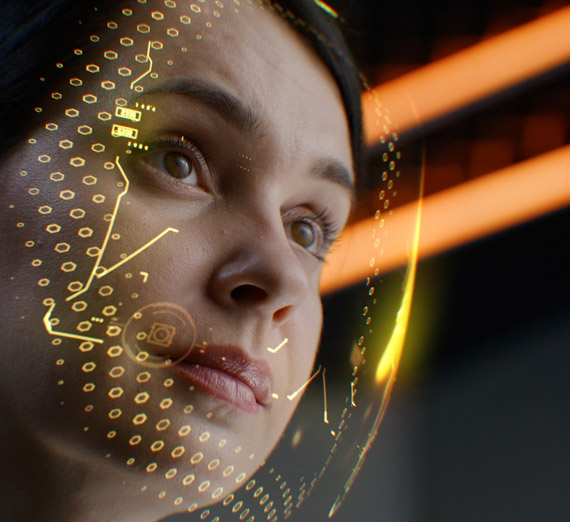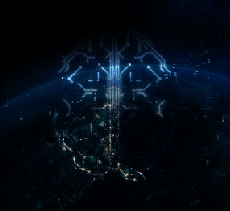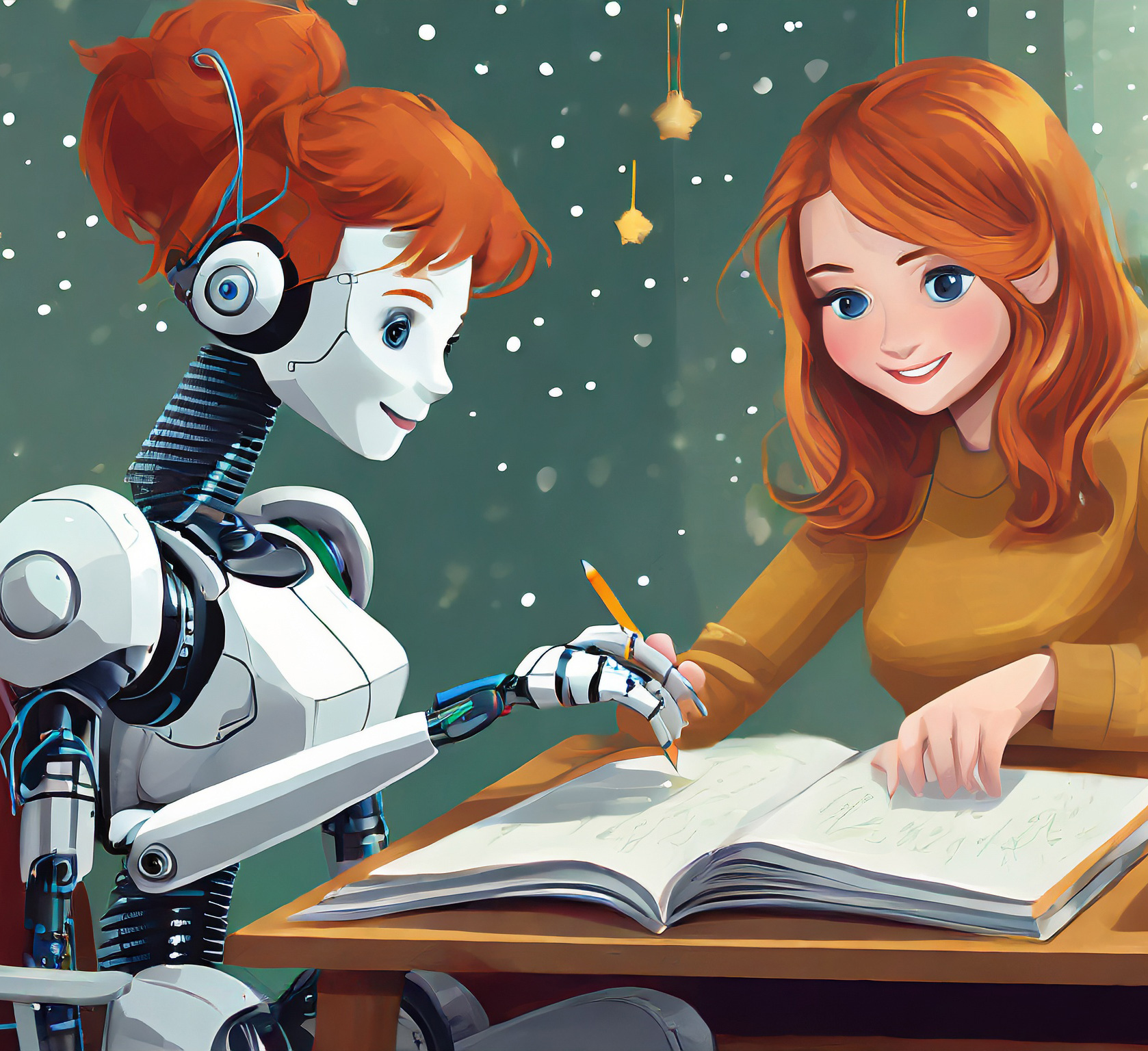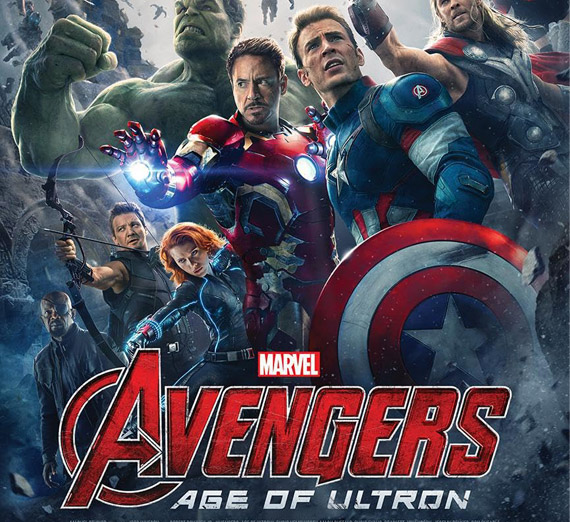Unlocking Your Creative Potential with AI: An Ethical Guide for College Students
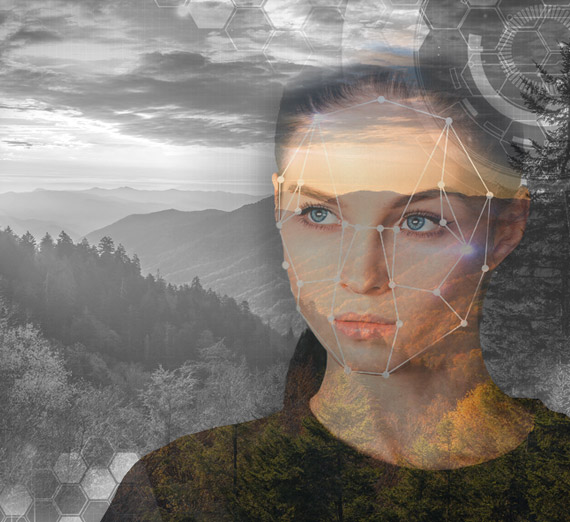
You live in the Age of AI. Accept it. Artificial Intelligence (AI) isn't just a buzzword — it's a tool at your fingertips, ready to propel your creativity into new dimensions. As college students, you're at the forefront of this exciting frontier, where AI can serve as a muse, a mentor, and a collaborator. But, to steal from Stan Lee, “with great power comes great responsibility.” AI adds new capabilities all the time. Just last month, OpenAi announced the ability to create high-quality, professional-level video from text prompts. If not now, very soon every one of you will use these tools in your daily life, and it is imperative that you understand how to do so ethically. I suggest starting with one of the most exciting uses for AI - to inspire your creativity. Here’s how you can ethically harness AI to ignite your creativity, both within the hallowed halls of academia and beyond.
Understanding the Ethical Use of AI
Before we jump into the creative uses of AI, let's set the stage for what constitutes ethical usage. Ethically using AI means respecting copyright laws, giving credit where it’s due, and ensuring that the AI’s actions align with your personal, institutional, and societal values and norms. It's about using AI to enhance human capabilities, not replace them, and ensuring that AI's application doesn't harm individuals or communities. Remember, AI does not and cannot replace the human element of our work or absolve us of responsibility for the work we create using it. Enough of the preaching, here are some fun uses of Ai to spark your creativity.
AI as Your Creative Assistant
Writing and Literature:

AI-Powered Brainstorming: Use AI writing assistants to overcome writer's block or jumpstart a writing project. Input your theme or topic, and let the AI generate ideas, prompts, or even storylines. Remember, these suggestions are starting points — the real creative work is in how you expand and build on them.
Example: I was playing with ChatGPT and exploring different authorial voices (“pretend you are” prompts) and got to a point where I was mashing together Cormac McCarthy and T.S. Eliot and asked ChatGPT to tell me a story about how the world ends with both a bang and a whimper. Here’s the link to a similar outline that could be used as a prompt for a pretty interesting story.
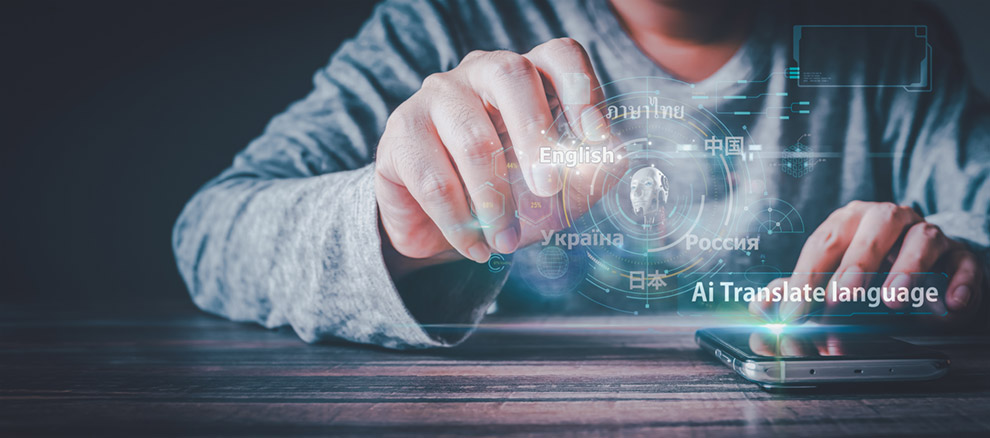
Language Learning: Harness AI language tools to learn new languages, broadening your cultural horizon and literary understanding, thus enriching your writing with diverse perspectives.
Example: While this may not seem “creative” at the surface level, learning a new language and about the cultures that speak that language is an amazing gateway to understanding new ideas, new perspectives and expanding your own creative horizons. Here is what ChatGPT proposes as a starting place.
Art and Design:
Design Exploration: AI can quickly generate design alternatives – from graphic art to architectural models. Use these as inspiration to develop your unique creations.
Creative Collaboration: Engage with AI art programs that evolve your input in unexpected ways, merging AI's computational power with your artistic vision.
Example: I was bored one day so I began feeding lines of my favorite poems into one of the AI image generators. Here are some lines from Robert Browning’s Childe Roland with accompanying Ai images. This was a nice way to bring the poem to life and give me a different perspective on it.
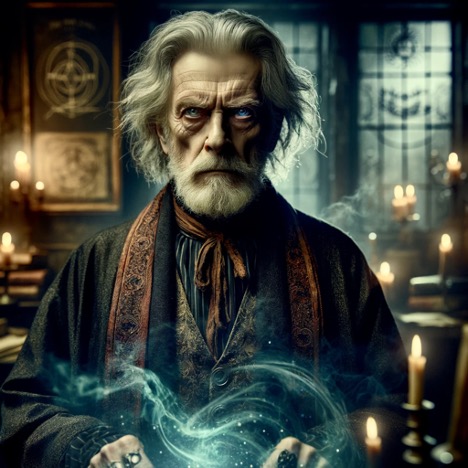
My first thought was, he lied in every word,
That hoary cripple, with malicious eye
Askance to watch the working of his lie
On mine, and mouth scarce able to afford
Suppression of the glee, that pursed and scored
Its edge, at one more victim gained thereby.

There they stood, ranged along the hill-sides, met
To view the last of me, a living frame
For one more picture! in a sheet of flame
I saw them and I knew them all. And yet
Dauntless the slug-horn to my lips I set,
And blew. "Childe Roland to the Dark Tower came."
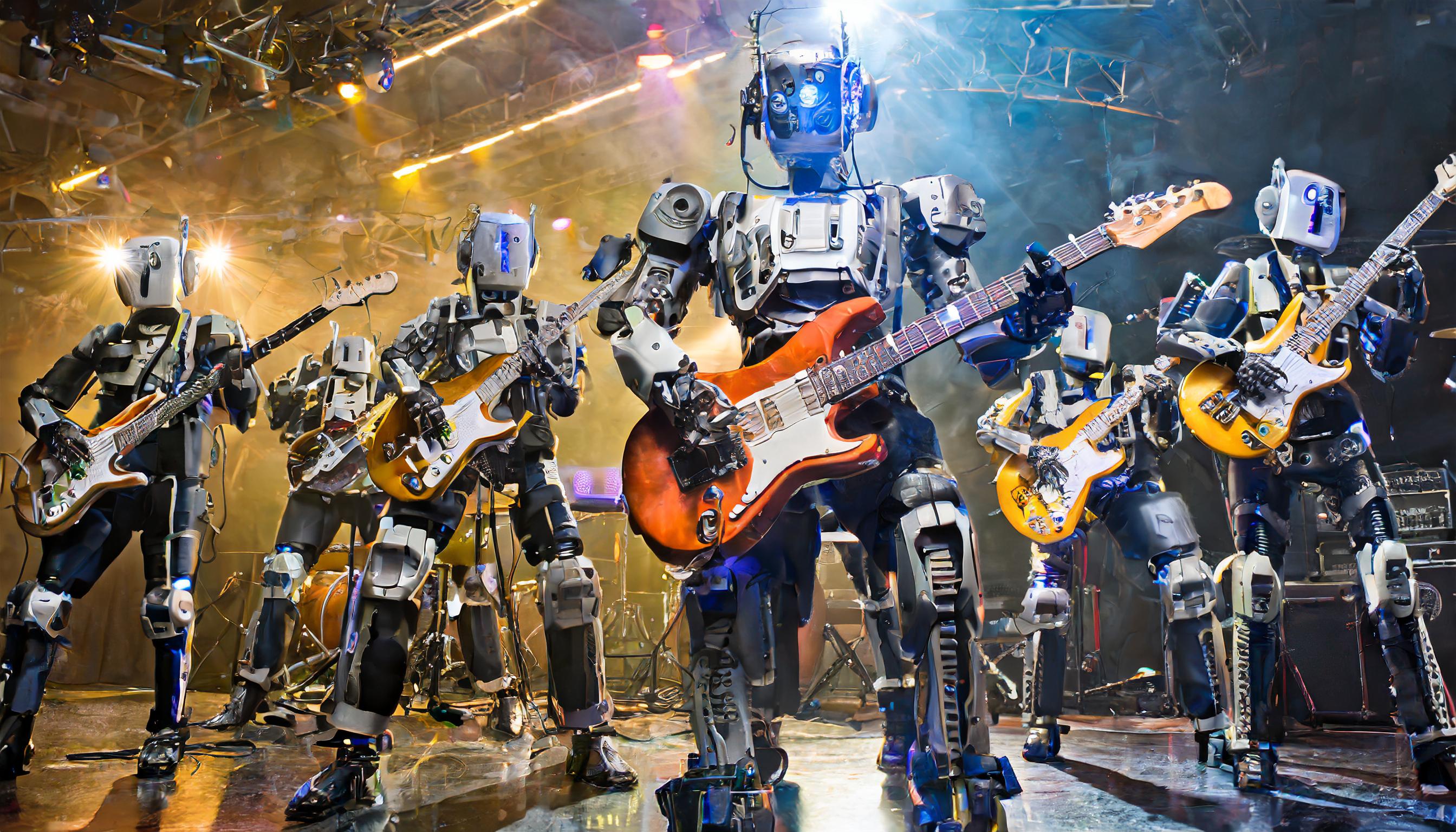
Music and Audio:
Composition Aids: Experiment with AI that suggests chord progressions, melodies, or beats based on the mood or genre you're exploring. Use these ideas as the foundation for your musical composition.
Example: I am not a musician or composer, so make of this what you will. Prompt: “Write a new musical composition suggesting cord progressions and melodies and beats based on the collaborative work of David Bowie and Brian Eno.”
Example 2: “Write the lyrics to accompany the song just outlined.”
Research and Academia:

Idea Generation: Use AI to explore research topics, summaries, or literature reviews. AI can help you identify gaps in current research, which you can aim to fill with your work.
Data Analysis: Implement AI tools for complex data analysis, allowing you to focus on interpreting the results and crafting innovative solutions to research problems.
Example: I’m taking this example outside the realm of my own scholarship (technological literacy) to a more personal example of one of my other interests – horror literature. I mentioned a play session earlier when I was having ChatGPT act like famous people. One of those was my favorite author, Stephen King. I’m an avid “Constant Reader” and have recently been going back through King’s entire catalogue accompanied by the Loser’s Club. When I recently got to Pet Sematary, I started to think about a particular idea related to the story that moves it into an area even darker and more ominous than the book already is. That conversation prompted me to start thinking about all of the other ambiguities in King’s work that provide different interpretations of the stories if read through another lens. This led to me outlining my own podcast, Kinspiracy Theories, pursuing these darker interpretations of some of Kings work. Stay tuned for the first episode talking about Pet Sematary later this year.
The Creative Ethos of AI Usage
While AI can open doors to new creative realms, ethical use is paramount. Here are some tips for making sure you are using these tools in ways that enhance your capabilities while also remaining true to the spirit of integrity that defines academia.
- Attribution: Always credit the AI tools and platforms you use. Transparency about the role of AI in your creative process is crucial.
- Originality: AI should support your original work, not replace it. Use AI-generated ideas as a springboard for your creativity, not the final product.
- Privacy: Be mindful of privacy concerns. When using AI that learns from user input, ensure that no sensitive personal data is shared.
- Bias Awareness: Understand that AI models can have built-in biases. Strive to recognize these biases and avoid perpetuating them in your creative work.
- Legal and Academic Standards: Adhere to legal and academic standards, especially regarding plagiarism. AI can help you learn and explore, but your submissions should always be your own work.
AI is like a new color on the palette of your creativity — one that can bring depth and vibrancy to your canvas. As you navigate your intellectual journey, let AI be the wind beneath your creative wings, pushing you towards innovation and exploration. But remember, you are steering the boat!
- Instructional Design and Delivery IDD

